Introduction of the Eco-Hammam project
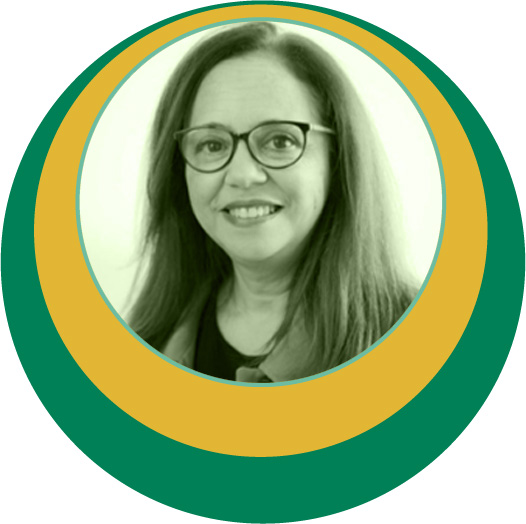
The Hammam and the Energy and Sustainable Economy
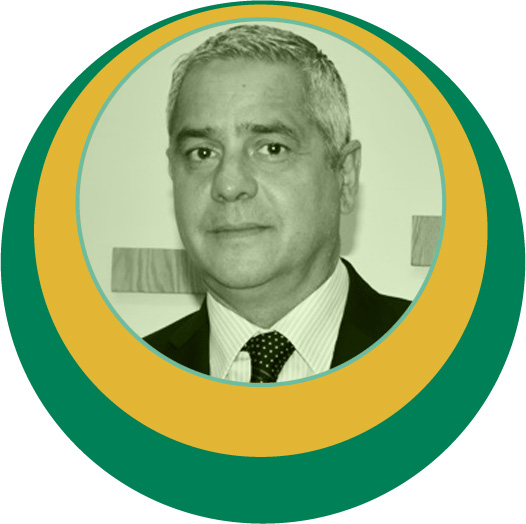
Seffarine Hammam And Ben Abbad Hammam In Fez, Sustainable Hammams
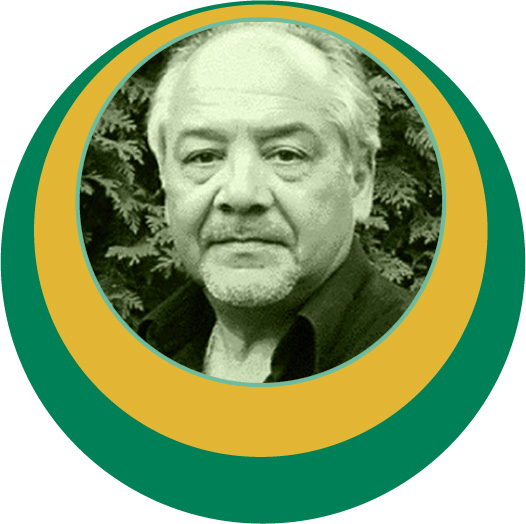
The notion of sustainable development applies to those approaches which consist in reducing the ecological impact of human activities. The stake is economic, environmental and social. However, sustainability is also played out in the preservation of human settlements which help to perpetuate good social practices. These, which have become traditions, are the ingredients of social cohesion and cultural identity. The balance of relationships between people depends on it and it is becoming more and more necessary in a world losing its bearings. Our medinas are the spatialization of a thousand-year-old way of life which is now outdated but which has transmitted codes that are perpetuated because they are written in the genes. They constitute what is commonly called culture, social identity. In Fez, the main traditional hammams in the medina date from the Marinid period (14th and 15th centuries). In terms of sustainable development, they cannot be equipped with solar heating, rock wool insulation or biomass boilers. The water and the rooms are heated by a traditional immutable system. The terraces constitute a reserved universe, like a fifth facade of buildings which does not admit visually cumbersome technical installations. But the thick masonry walls provide excellent thermal inertia which ensures unparalleled comfort. The very name of the hammam conveys a symbolism, an experience, even beliefs sometimes linked to a saint as is the case of the Ben Abbad hammam. The tradition is perpetuated there by the decoration and the particular care enjoyed by the goulsats, more than a cloakroom, a dressing-rest-lounge. Hammams are one of the components that perpetuate the weaving of social ties. A space for meetings and relaxation, the hammam has the ability to combine intimacy and conviviality. As a result, they contribute to social, sustainable development. The experience of restoring the Seffarine hammam and the Ben Abbad hammam will be discussed.
The hammam in rural areas
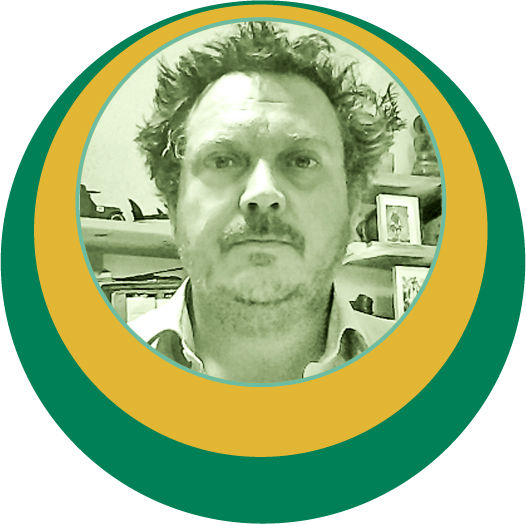
Following the visit of the model buildings in MPC developed by Architecture & Développement on the GREENPLATEFORM of the AMEE in Marrakech, the municipality of Oulmès asked A&D to propose a program to improve hygiene for the precarious rural populations of its territory. The municipality, which has a population of 18,706 inhabitants, nearly two thirds of whom live in rural areas, has undertaken an upgrade of the urban center and is keen to extend public services to rural areas in order to improve living conditions and encourage the economic development of the municipality. To date, most areas are covered by a water supply network, the houses are mostly fairly basic dwellings, which are over 20 years old and are, for poor households, mainly self-built using simple and local materials. For a cost approaching 1000 Dhs per m2, the quality of construction, the comfort and the equipment are impossible, reproducing or creating precariousness and greater vulnerability.
A&D proposed to set up with the municipality, as part of a larger program to improve living conditions, a pilot project, which focuses on the implementation of solutions to improve hygiene conditions for at least 25 households, support from the technical services of the town hall and the creation of a catalog of solutions. The proposed project aims to provide a contextualized response that is technically compatible with a desire for sustainable rural development, the economic and technical capacities of each household and the municipality.
It is not a question here of deciding on a single technical solution that the municipality would apply without qualification in all households, but rather of proposing constructive solutions that allow beneficiaries to adapt the equipment to their needs. We promote bioclimatic solutions using local materials and local skills so that maintenance and construction can be done with beneficiaries and local craftsmen. The equipment built could be a building that can house a toilet and / or a shower, a full bathroom or an individual or multi-family hammam.
From the Traditional Hammam and the Modern ECO-Hammam
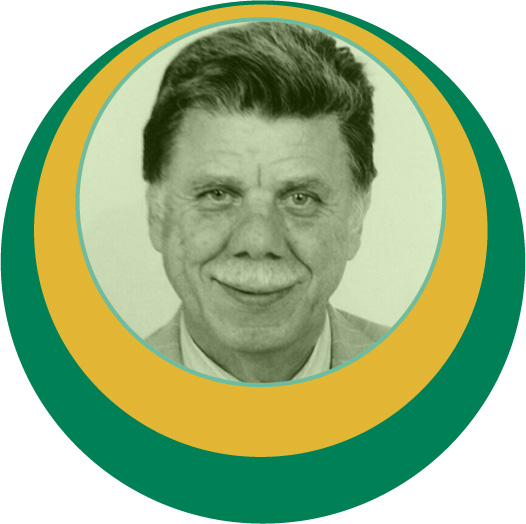
The Rio de Janeiro Earth Summit was very sensitive to the degradation of the environment in all corners of the planet. It adopted a General Declaration and three Conventions which focus on the protection of the forest given its many roles, including the ecological role. These measures were extended by the adoption of the Sustainable Development Goals in 2015 which bring new provisions of an economic, social and governance nature. Compared to traditional Hammams, all these measures converge on the need to ensure their transition to Eco Hammams that consume less wood and water and are managed in a more modern and efficient manner. This is the objective pursued by stakeholders operating in the field in Morocco. In order to relieve the Moroccan forest, which suffers from a wood harvest representing 3 times its bio capacity, it is planned to reduce the consumption of wood in the Hammams by 70%. For this purpose, we will use biomass that Morocco already has in large quantities, we will replace the old improved boilers and we will introduce new suitable burners. The solution is all the more interesting as it is largely economically beneficial. Morocco’s ambition goes further. It is planned to support the ecological transition by modernizing the management method of establishments and the governance of the sector. The idea is to introduce the computerization of all activities, including the management of products used and the consumption of water and electricity. The establishment will benefit from all the necessary insurance. Staff will be protected by the application of laws relating to working conditions and the right to Social Security. Customers will be strengthened and reassured about the quality of services by an attractive labeling of the establishment. The sector will have a recognized organization operating in a participatory, transparent, collective and democratic manner. The connection of Covid-19 to deforestation and the degradation of biodiversity has heightened awareness everywhere for new measures in favor of nature protection. Stakeholders in the management of Hammams in Morocco are called upon to seize the opportunity to modernize this sector. A complete file will be prepared and sent for approval and support to the Public Authorities.
The Hammam and The Covid-19 State of Play
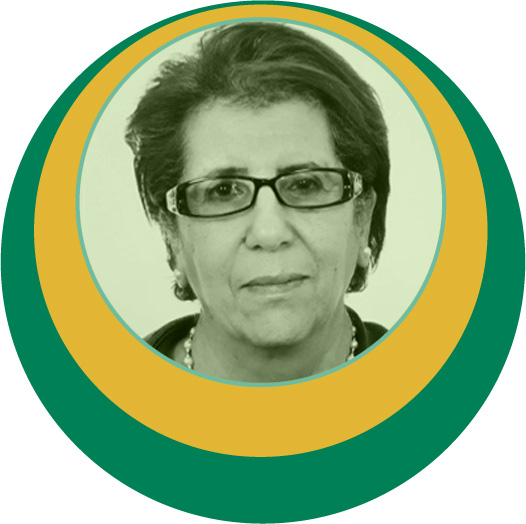
The COVID-19 pandemic has shaken the economic sector in every country of the world and Morocco is no exception. The total cessation of activities during the confinement imposed by the Moroccan state caused unprecedented damage in all sectors (industrial, tourist, cultural, artisanal, of which the hammam is an integral part). The brutal closure of the hammams brought down the whole sector with loss of jobs, loss of 100% of turnover for owners and operators. The damage is enormous given that the activity of the hammam (water, heat, steam) involves the use of destructive elements of reinforcement and equipment whose maintenance is permanent. The reopening did not happen spontaneously and all hammams are different from each other. The majority of hammam operators suffer from financial difficulties in subsidizing the rehabilitation of premises and machines, meeting energy costs, installing sanitary requirements (temperature device, products, carpets, customer register). The reduction of the workforce to 50%, the distension between each client and other administrative commitments are making the situation even more challenging. During the confinement, reflections on new concepts were developed for the modernization of the premises with new equipment, the use of clean energy, the improvement of the reception, the management of the reluctance of the customer still in fear of the virus, especially the elderly and the young.
The Hammam and The Covid 19: priorities
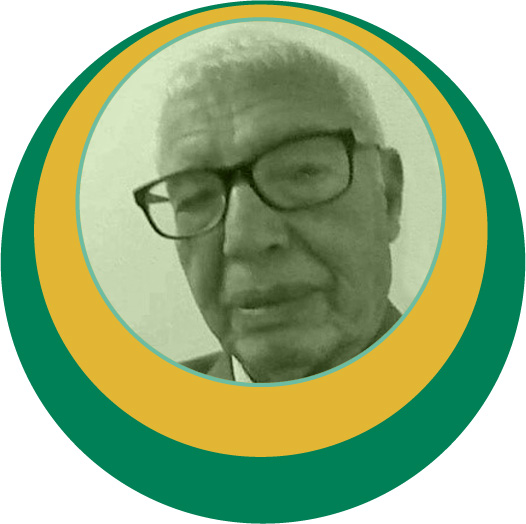
The concerns of hammam owners

The Hammam, the water and the forest
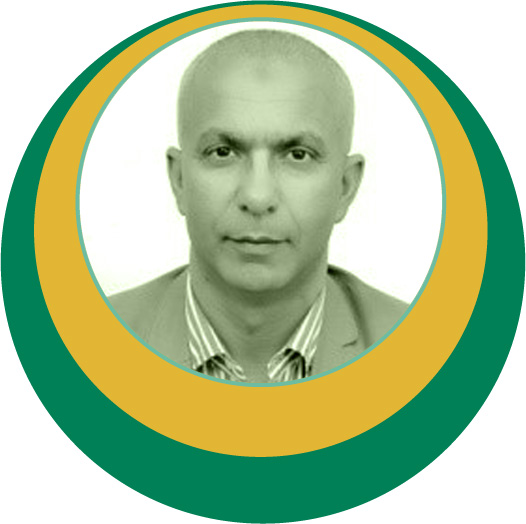
Energy is a determining factor in steam rooms. This energy is drawn in the majority of cases from wood products, mainly wood. In Morocco, for ecological, climatic and socio-economic reasons, there is not a high production of wood and the need exceeds the possibilities of increasing forest resources. Especially in rural mountain areas where the climate conditions are very harsh and households do not have the means to obtain alternative energy sources. The lack of wood and its high price mean that the owners of the hammams are thus faced with an energy and environmental problem that jeopardizes their sustainability, which forces them to act in a responsible manner. The Department of Water and Forests has developed a strategy to deal with the overall wood-energy problem, some of which is intended for hammams. These actions include the efficient use and storage of wood, the supply from known and traceable sources and the use of alternative sources of energy, such as agricultural biomass, wages and gas.
